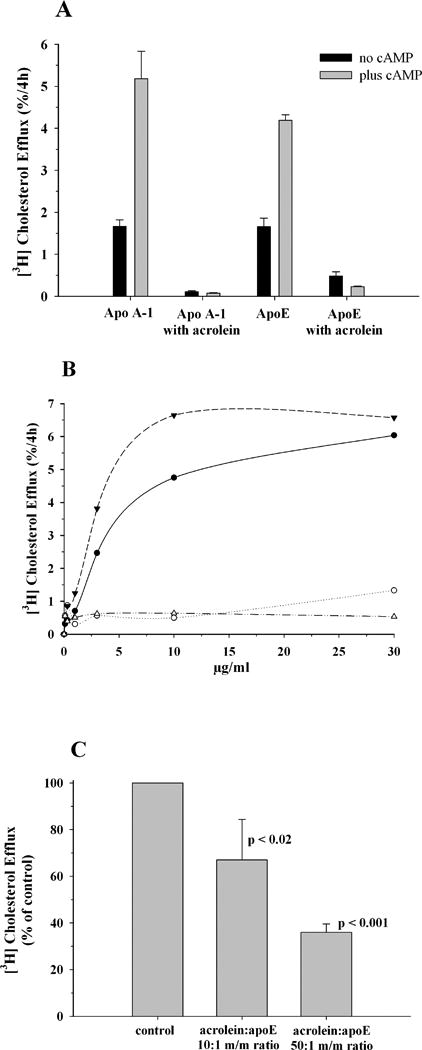Figure 8. Effect of acrolein modification on cholesterol efflux capability of apoE.

J774 macrophages were labeled with [3H]cholesterol (1 μCi/mL) in RPMI-1640 with 1% FBS for 48 h. A cAMP analogue was added to up-regulate ABCA1 expression for a period of 18 h, followed by exposure to 10 μg/ml (Panel A) unmodified or acrolein modified human apoAI or rat apoE (50:1 acrolein:protein m/m ratio) in serum-free RPMI-1640 medium. The amount of [3H]cholesterol appearing in the medium after 4 h was expressed as a percentage of the radioactivity initially present in cells at time zero. A parallel experiment with no added cAMP was conducted to assess the efflux not mediated by ABCA1. Background release of [3H]cholesterol to serum-free medium was subtracted from values obtained with added proteins. Panel B shows dose-dependent (0.1 -30 μg/ml) efflux for unmodified (filled circles) or acrolein-modified rat apoE (open circles), and unmodified (filled triangles) or acrolein-modified (open triangles) human apoAI. All other conditions are as described above. Panel C. Correlation between extent of acrolein modification and efflux capability of apoE. Under conditions as described under Panel A, efflux was measured with 3 μg/ml unmodified or acrolein-modified (10:1 and 50:1, acrolein:apoE m/m ratio) apoE. Values are expressed as % of control unmodified apoE, mean ± SD.
